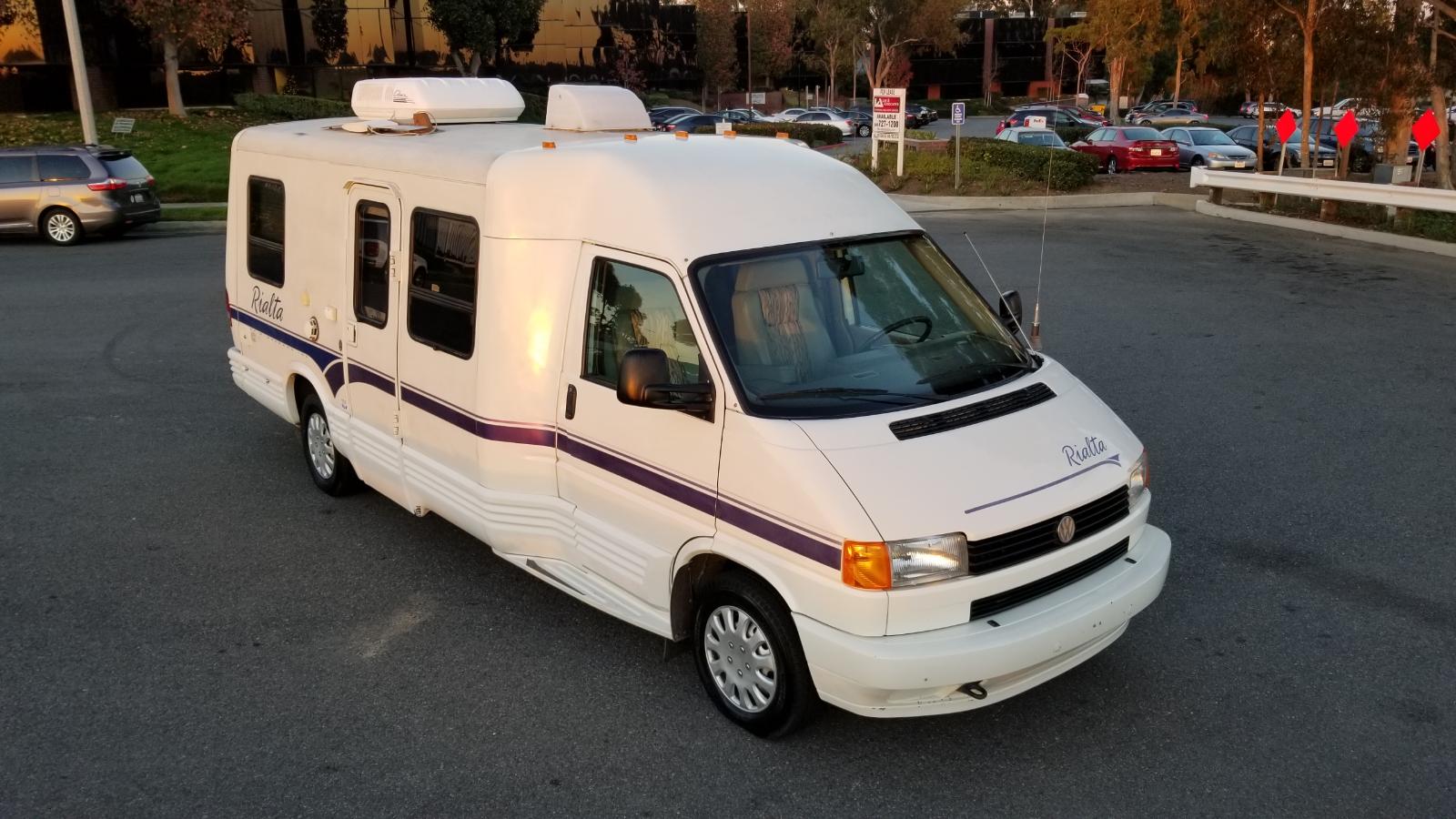I think it is safe to say that Porsche 911R drop tower amusement ride is over. Prices started at MSRP, speculators rode the ride up and up, and then Porsche released the GT3 Touring and people lost their wallets on the sudden drop back down because they decided to risk it and not put it in the little bin before strapping in. In all seriousness, the days of $660,000 asking prices for these cars are long gone and won’t return until we are probably all dead. I’m not speculating or just flat out guessing on this, a car with 1,000 miles sold for $280,000 a few months and and we are about to find out what another one with 463 miles will fetch. Given the mileage on those cars, it is safe to say those were bought as “investments” and not to drive. Today’s car, a white with green stripe, is in the same boat. Just 920 miles careful miles. The price? About what you would expect, actually.
Month: June 2019
I hate to be cliché, but the facelift W124 Cabriolets are aging very well. It is safe to call them classics now, honestly modern classics, but still old enough to rent a car at the airport. The square handsome lines will never be offensive or jarring, and the quality is nearly unmatched. Even compare it to the same model year Rolls-Royce Corniche, and you’d be crazy not to pick the Mercedes. That has been keeping prices stable for as long as I can remember and it doesn’t look like they are going anywhere. This 1995 up for sale in Arizona is nothing but blue over blue on blue. I think I like it that way.
CLICK FOR DETAILS: 1995 Mercedes-Benz E320 Cabriolet on eBay
6 CommentsAnd now for something completely different. If you walked into your local Volkswagen dealership as a Westfalia devotee when the new Eurovans launched in the early 1990s, you were likely to be a lot disappointed. These came to the U.S. starting in 1993, and there were two configurations – the Eurovan and the Multi-Van (MV for short). The difference was the seating configuration, in that the MV had rear-facing seats behind the captain’s chairs and a table in the middle. Easy, right? Well, then there was the Westfalia model. Volkswagen hadn’t forgotten how successful the T3 was with the pop-top, so a new aerodynamic folding roof arrangement was added to the MV. But here was the catch – the new Westfalia didn’t have the camping gear, but instead was effectively the same as the previous pop-top only Weekender. It was called the Weekender, too.
The full campers were only converted by Winnebago and based on a lengthened chassis. These started being produced in 1995 and replaced the Westfalia in the lineup but were not called Westfalias. But Winnebago also produced an extra-fat and extra-expensive camper, too – the Rialta. This took the front cabin of a Eurovan, the taillights from a Ford Ranger, interior fabrics from your Pyschologist’s waiting room and a lot of fiberglass in the middle to make a small RV. Prices started around $41,000 – in 1995, mind you.
Though rare, you’ve likely seen one before, but unless you owned one (and maybe even if you did…) you probably didn’t realize there were actually four different Rialta model configurations. Beyond that, Rialtas also followed the Eurovan production cycle with power, so early models had the 2.5 liter inline-5, replaced in ’97 by the 12 valve VR6 and finally the 24 valve VR6 in the 2001 model year. What we have here is an early Rialta in the most popular 7-seat QD configuration, powered by the 2.5 liter:
CLICK FOR DETAILS: 1995 Volkswagen Eurovan Winnebago Rialta on eBay
3 Comments“IT’S NOT GERMAN!!!”
I know. But since today is the conclusion of Le Mans and occasionally we like to take a look at other cars, let’s check this one out. Because, in many ways, I think it has a lot to offer.
The Renault GTA emerged out of the acquisition of independent boutique sports car maker Alpine by Renault. Renault immediately set upon making a rival to those pesky sports cars from Stuttgart and modernize Alpine’s 1970s A310 model. Let’s not forget, this was a period when Renault was quite active in Formula 1 and Le Mans, so a sporting car wasn’t entirely out of character for them (nor was the competition with Porsche, for that matter!). New lightweight plastic body-pieces were fit, and the 1.7 liter 4-cylinder in the back of the A310 was yanked in favor of the 2.5 liter PRV (Peugeot, Renault, Volvo) V6. In 1985, a turbocharger was bolted on and instantly the GTA was a 944 Turbo competitor with 200 horsepower on tap. However, the rear-drive, rear-engine layout and tricky driving dynamics were more akin to early 911s than the well-balanced transaxle Porsches. As a result, the Porsches continued to sell in droves, while the Alpine GTA remains just an interesting footnote in French automotive history.
But for about the same money as a very nice 944 Turbo these days (and significantly less than the price of a decent 911), you can get the Le Premier Absolutment GTA:








